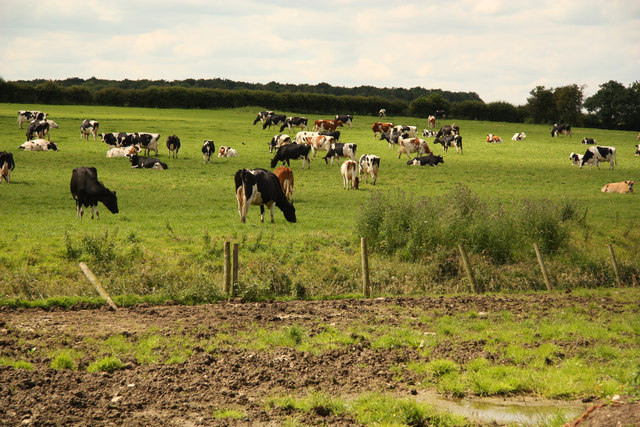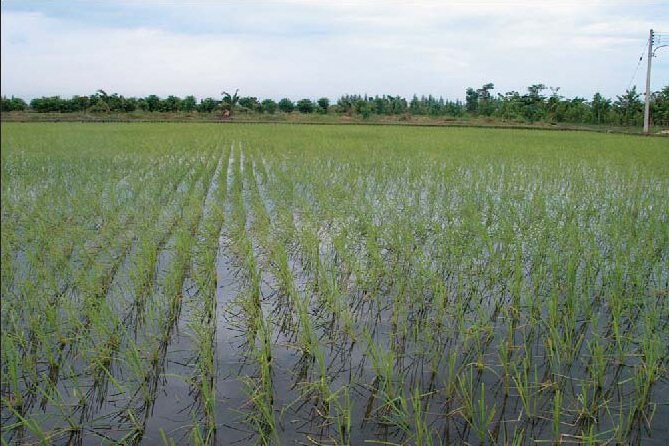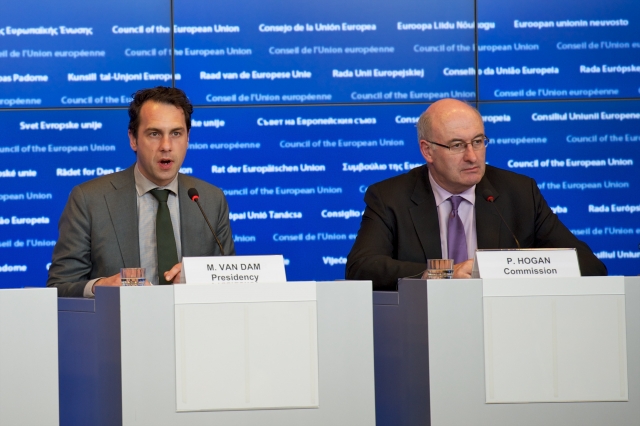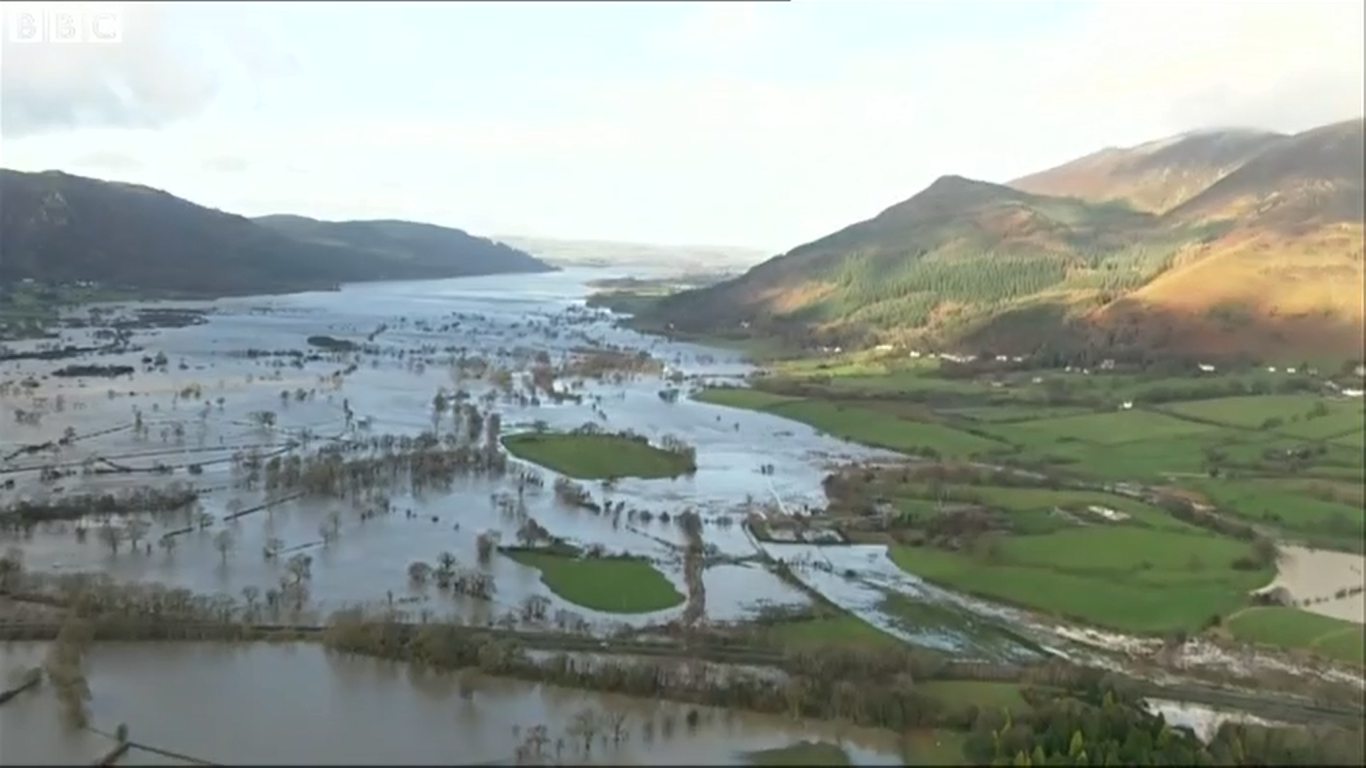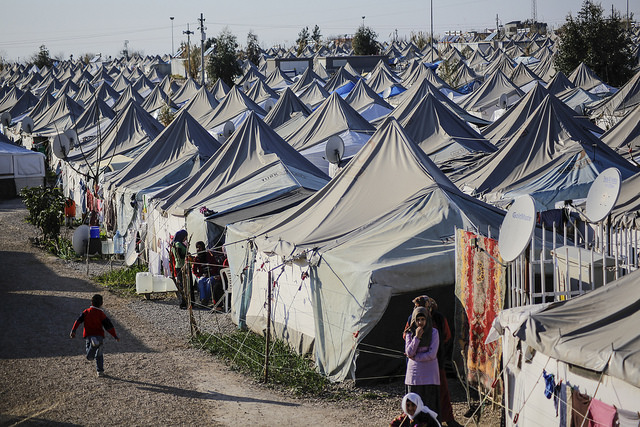While milk producers in the EU struggle with low milk prices, the EU and its member states struggle to come up with a coherent policy to address the issue. Milk prices will not recover until there is a better balance between supply and demand. I have previously written a number of posts (here and here) in which I have described the policy responses introduced in response to the sharp fall in milk prices since their record high in early 2014.
These responses include measures designed to reduce supply. Specifically, the Commission has activated Article 222 of the CMO Regulation which suspends competition law in the case of producer organisations, co-operatives and inter-branch organisations and allows them to voluntarily limit supply with a view to raising the price of milk.… Read the rest

